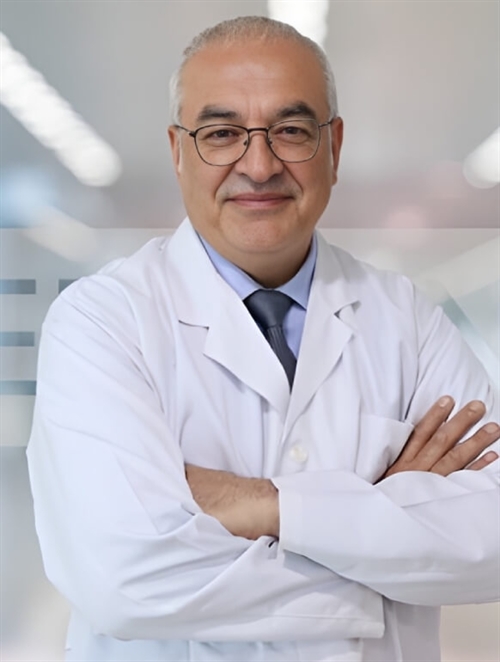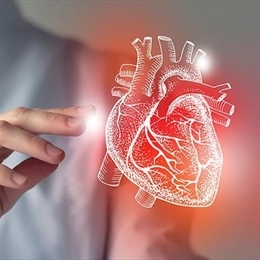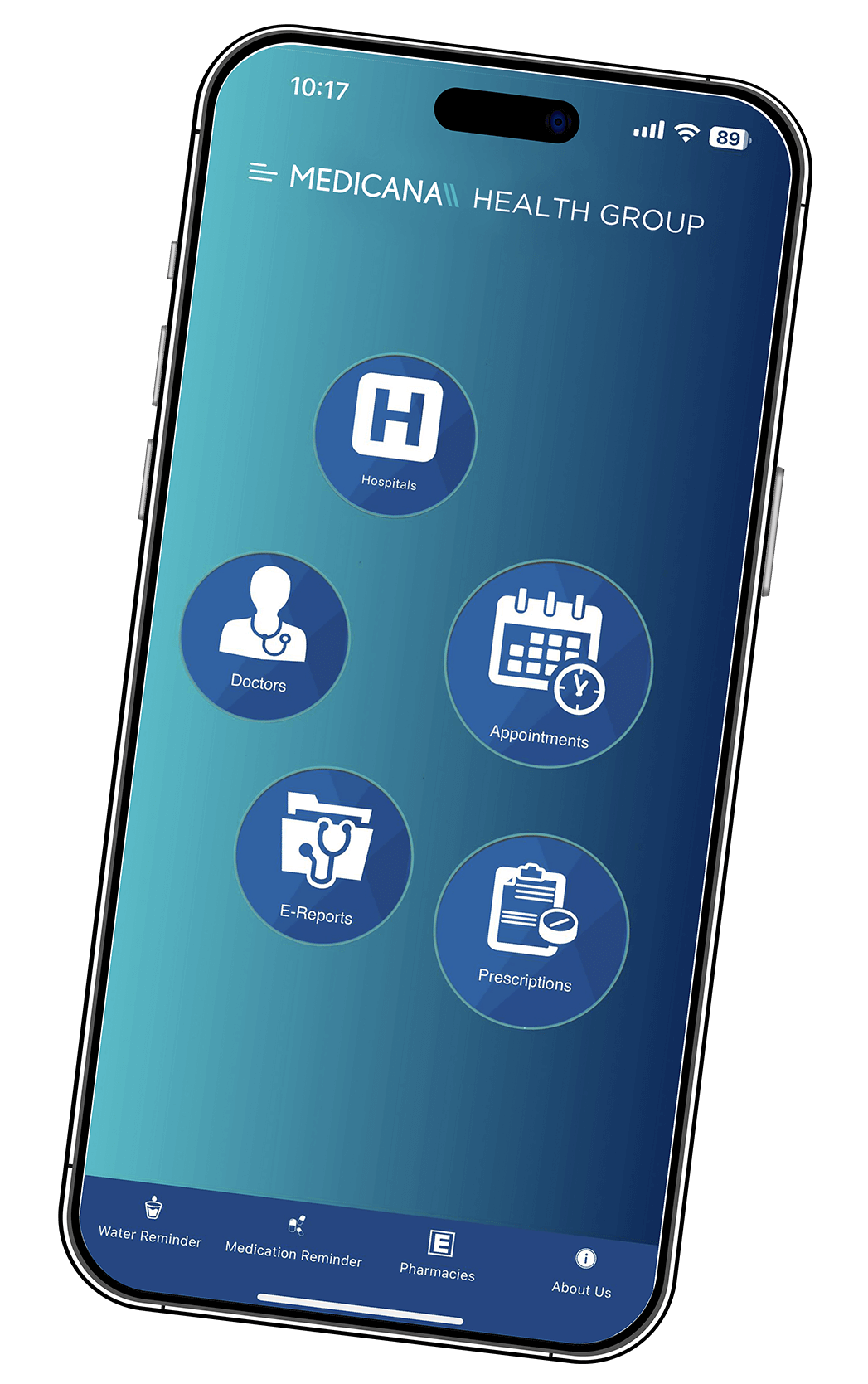Where is Robotic Surgery Used?

Robotic surgery can treat diseases in many specialties, including general surgery, urology, gynecology, cardiovascular disease, pediatric surgery, and otolaryngology.
Is the Robot doing the Surgery?
Of course, NO. The name 'Robot' seems interesting, and people often think the robot performs the surgery. It's not a robot doing the surgery; it's a surgeon. In robotic surgery, the surgeon commands the robot, and the arms on the patient console operate by simultaneously reflecting all the commands received from the surgeon.
What is Robotic Surgery?
Robotic surgery, also known as da Vinci robotic surgery system, is the most advanced state of minimally invasive surgery. The da Vinci robot, the only example of a robotic surgery system in the world, consists of 3 main parts: a surgeon console, a patient console, and a display tower. The surgeon console's instructions are transferred to the Da Vinci robot located on the patient console. The da Vinci robot is dressed in a sterile, unique sheath. As in laparoscopic surgeries, incisions are made from the abdominal wall according to the operation to be performed, and instruments that allow the hand tools called trocars to enter and move into the abdomen easily are inserted. According to the operation, the 3D imaging system is documented from the appropriate trocar. Since the imaging device is robot-controlled, it does not vibrate, and the surgeon has a realistic three-dimensional vision. Since the optical system is high resolution and fiber optic cameras transmit the image, there is no image loss even if the image is zoomed in. The surgeon can provide better-than-normal field-of-view images in narrow spaces and depths. Then, the hand tools required for the surgery to be performed from other trocars are entered. A robotic console connection is provided with hand tools. The surgeon sits on the surgeon console and manages the robotic console movements with hand movements. Robotic arms with a rotation angle of 720 degrees allow impossible movements for human hands to be made easily. Tiny tremors in the surgeon's hands are not reflected in robot-controlled surgical instruments. Thus, the margin of error experienced in surgery is reduced to the lowest possible level.
Robotic Surgery in General Surgery
Robotic surgery can be used in most general surgery operations.
Large intestine and rectum surgery, especially rectum surgery, increases mobility in the narrow pelvis area.
Obesity and metabolic surgery (Diabetes surgeries): It provides guidance of the intestines and comfortable anastomosis in the abdomen in diabetes surgeries.
Liver resections – hepatectomy, segmentectomy: A wider viewing angle allows the bile ducts and blood vessels in the liver to be seen more easily and allows surgery to be performed with fewer complications and bleeding.
Whipple surgery for pancreatic cancer, total pancreatectomy, and distal pancreatectomy, especially in Whipple surgery, provides easier manipulation of the anastomosis between the pancreatic duct and newly formed pathways between the biliary tract and the small intestine.
Stomach and esophageal cancer surgery
Robotic Surgery in Urology
Urology is one of the departments where robotic surgery is used most frequently.
Prostate cancer surgery: The mobility in the narrow pelvis increases with robotic surgery, and the nerves close to the prostate are protected with clearer vision. Hence, problems such as erection and urinary incontinence are much less common after the operation.
Kidney surgeries include kidney cancer and urinary tract stricture surgeries. When removing the kidney entirely or partially in kidney cancer, the vessels feeding the kidney are freed, and the mobility is high. This minimizes the risk of possible complications.
Robotic Surgery in Gynecology
Gynecological surgeries, like urological surgeries, are primarily performed in a narrow area in the inner part of the pelvis. Robotic surgery provides increased mobility in this space.
Gynecological cancer surgeries: In these surgeries, cleaning the lymph nodes to be performed if necessary facilitates the protection of vessels and nerves.
Myomectomy Surgeries
Uterine prolapse surgeries; facilitates the release of a part of the vagina in the deep pelvis and the detection of the patch used if preferred.
Robotic Surgery in Cardiovascular Surgery
- Coronary bypass surgeries
- Rhythm disturbances
- Heart valve surgeries
Robotic Surgery in Otorhinolaryngology and Head and Throat Surgery
In the surgery of tumors and cysts in the larynx, pharynx, tonsils, tongue, and mouth, no incision is made on the patient's skin. It is made with incisions inside the mouth and is called transoral robotic surgery. In these surgeries, 2-armed robots are used rather than 4-armed robots.
Advantages of Robotic Surgery
Robotic surgery technology has many benefits, including making it easy to perform complex surgical procedures together.
The robotic surgery system, which performs surgical operations with a small incision, favors the patient as it provides less trauma and pain in the patient's body, minimal scarring, shorter hospital stays, and faster recovery time. It causes less wound infection.
Another advantage of robotic surgery is the use of robotic arms that can imitate the movements of the hands and have an articulated structure. These arms offer more skill and precision than traditional methods. Robotic arms can rotate at an angle of 720 degrees and do not vibrate.
Using high-resolution 3D cameras in robotic surgery allows surgeons to see areas they usually cannot see closely with the naked eye. The commonly seen image can be magnified ten times without losing the image. This means the surgeon dominates more areas and sees the operation in fine detail.
The doctor gets tired less because they work sitting down. Thus, during extended operations, the physician's stress level decreases while the concentration level increases.

- Prof.
- Şadan AY, MD
- Orthopedics and Traumatology
- Medicana International Ankara
- Visit Profile
















